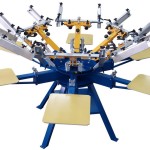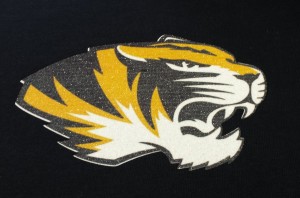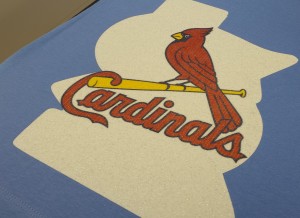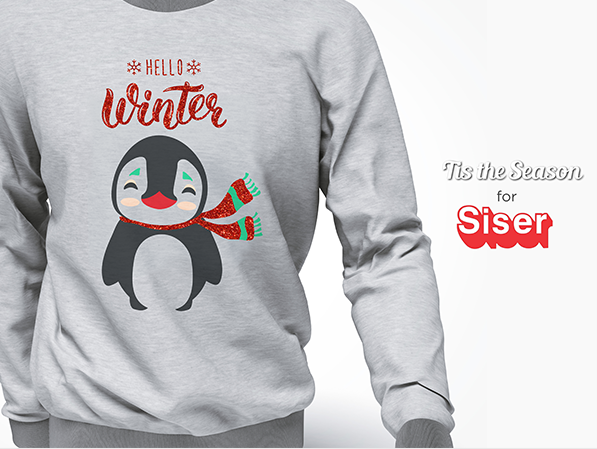
Siser NA offers USCutter.com’s most diverse line of premium heat transfer vinyl products going into the holidays. We here at USCutter think that you should always be 100% satisfied with your Siser experience. We recently had Siser NA’s Yoann Giorsetti, Director of International Sales, in our Redmond offices giving us an overview of product lines and common concerns from users.
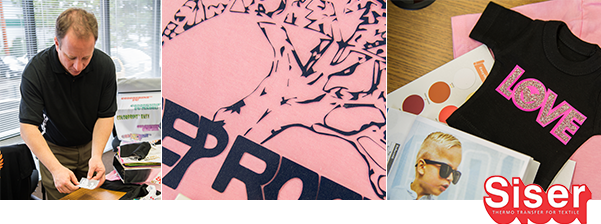
Here are some Siser tips and facts straight from the source to ensure success with every press.
General
1.) For Siser products, it’s best to use a 45 degree blade at 40 to 60 grams of downforce pressure
2.) 80% of cutting issues are related to bad cutting strips. How old is your cutting strip and what type of shape is it in? Consider replacing it and buying a backup while you are at it.
EasyWeed
1.) Heating EasyWeed to 100 degrees prior to weeding increases speed up to 70%.
2.) 305 deg F is the standard heat setting. Every 5 degrees you go down from that when pressing material you need to add 2 seconds of time to your press. Other HTV’s claim a 5 second press time, Siser EasyWeed is no different at a pressing temp of 330 F, but 305 deg F is the recommended press temperature to ensure the best appearance and lastability of the material.
Other Lines
1.) For Brick, use a 60 degree blade, credit card thickness on blade depth, and .25 offset on the blade.
2.) Siser Flock is the only layer-able flock. Use a 60 deg blade.
3.) Holographic Material – Double cut the material before you weed.
4.) Too much liquid fabric softener in the wash will cause material to fall off. Smell your material, if it smells like wildflowers, lay off the fabric softener.
5.) Use ExtraReflex (instead of standard Reflectall) with a 60 degree blade and lower speed.
6.) For Latex printers – Use ColorPrint Easy.
7.) Soft Opaque will not fade.
8.) Siser Glow is the only glow that looks white in the light.
